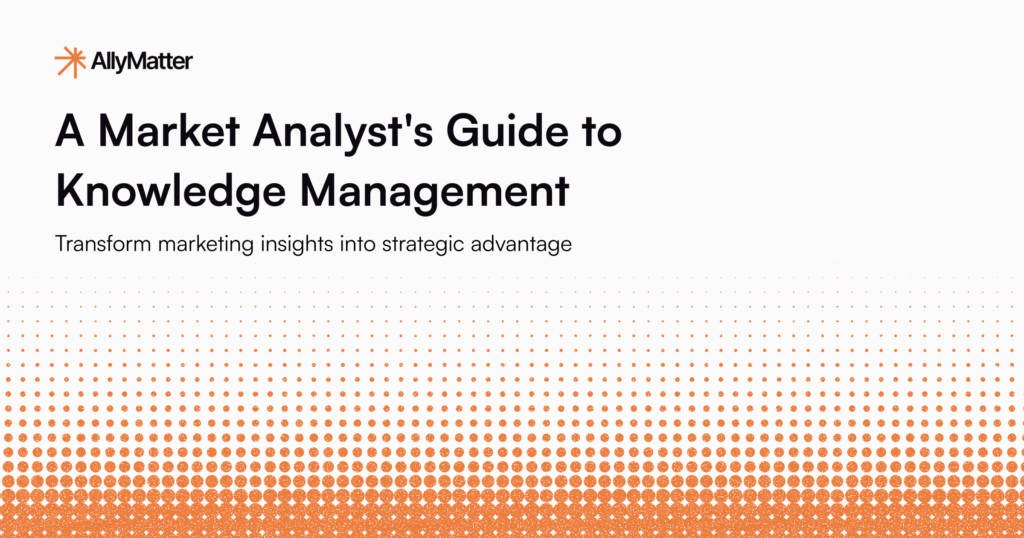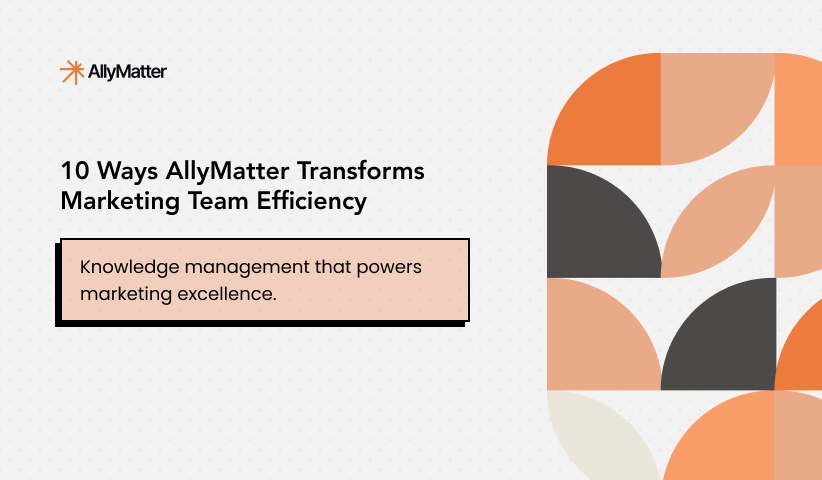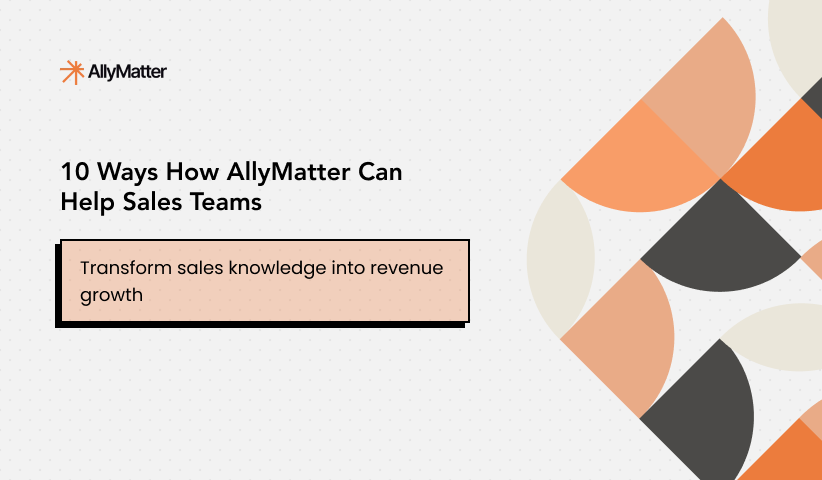What seems like a straightforward task—updating a sales commission plan—can become an organizational nightmare that consumes resources, destroys morale, and potentially costs millions in lost productivity.
Challenge 1: The Drafting Coordination Nightmare
Creating a sales commission plan isn’t just about writing words on a page. It’s a complex dance of collaboration, version control, and document management that quickly spirals into chaos.
Imagine the typical scenario: drafts scattered across email threads, multiple versions saved in different folders, team members working on conflicting documents. One team member saves a version in Google Drive, another emails a slightly different draft, a third makes changes in a SharePoint folder. Suddenly, nobody knows which version is the most current. Important edits get lost. Entire sections of carefully crafted language disappear into digital black holes.
The coordination becomes a logistical nightmare. Which version is the right one? Who made what changes? When? Team members waste hours tracking down the latest draft, comparing different versions, trying to piece together a coherent document.
AllyMatter Solution: Centralized Collaborative Drafting
Our platform provides a single, unified interface where every change is tracked, every version is preserved, and collaboration becomes seamless. See every modification in real-time. Track who changed what, when, and why. No more lost files. No more version confusion. Every draft is instantly accessible, completely transparent, and meticulously tracked.
Challenge 2: The Approval Workflow Bottleneck
The approval process becomes a waiting game that can bring an entire organizational initiative to a grinding halt. Each reviewer takes days—sometimes weeks—to complete their review, creating massive delays in the policy update process.
Imagine a document moving through the approval workflow:
– The first reviewer takes four days to read the document
– Then it sits in the next person’s queue for another three days
– Each subsequent reviewer adds their own delays
– Critical updates get buried in email inboxes
– Urgent policy changes languish in review limbo
The real cost isn’t in review time—it’s in organizational momentum. While the document crawls through the approval process, sales teams remain in uncertainty. Strategic initiatives stall. Potential revenue slips away.
AllyMatter Solution: Intelligent Workflow Management
Our platform transforms the approval process. Set up configurable workflows that:
– Automatically notify the next reviewer the moment the previous review is complete
– Provide real-time visibility into document status
– Send automatic reminders
– Allow parallel or sequential reviews based on your organizational needs
What used to take weeks now happens in days. Reviewers can instantly access, review, and approve documents. No more waiting. No more delays.
Challenge 3: Communication Breakdown
The communication challenges are complex. Sales teams across different regions raise multiple questions about tax implications, special project commission structures, and performance thresholds.
Each question triggers additional meetings, email chains, and potential document revisions. What started as a simple policy update becomes a communication quagmire.
AllyMatter Solution: Integrated Communication and FAQ
Embed FAQs directly within the document. Create a centralized communication hub. Allow team members to ask questions, get instant clarifications. No more endless email chains. No more repeated explanations. Complete transparency at your fingertips.
Challenge 4: The Signature Nightmare
The final stage of policy release becomes its own special challenge. Physical document printing. Manual signature tracking. No centralized visibility into who has read, reviewed, or signed the document.
Imagine 50 sales representatives waiting in professional limbo:
– Average representative monthly productivity: $20,000
– Productivity drop during uncertainty: 20-30%
– Total potential lost organizational revenue: $1-1.5 million
AllyMatter Solution: Comprehensive Signature Management
Our e-signature integration provides complete visibility. Track every document access. Monitor signature progress. Send automatic reminders. Create a comprehensive audit trail. What was once a manual, error-prone process becomes a streamlined, transparent workflow.
Challenge 5: The Human Cost
Beyond numbers, there are human stories:
– Sarah can’t plan her mortgage due to compensation uncertainty
– Mike considers leaving the organization
– The entire sales team feels professionally paralyzed
AllyMatter Solution: Organizational Transparency
Create a culture of clarity. Provide instant access to information. Reduce uncertainty. Restore professional confidence. Transform how your organization communicates critical information.
The Transformative Outcome
AllyMatter doesn’t just solve administrative challenges. We transform how organizations manage critical policy updates:
– Faster policy releases
– Reduced administrative overhead
– Increased team morale
– Clear, instant communication
– Significant cost savings
A protracted commission plan update isn’t just an administrative inconvenience. It’s a strategic liability that can cost your organization millions.
Ready to streamline your sales documentation process? Join our waitlist to be among the first to experience seamless commission plan management with AllyMatter.
Frequently asked questions
How long does it typically take to implement a centralized documentation workflow for sales commission plans?
Most organizations can establish a basic workflow within 2-3 weeks, with full team adoption typically occurring within 30-45 days depending on team size and complexity of existing processes
What happens to our existing commission documentation when transitioning to a centralized system?
All existing documents can be migrated and organized within the new system, with version histories preserved and access permissions maintained according to your current organizational structure.
Can multiple departments collaborate on commission plan updates simultaneously?
Yes, the platform supports real-time collaboration with role-based permissions, allowing HR, Finance, Legal, and Sales leadership to work together while maintaining appropriate access controls.
How does automated approval workflow reduce delays in commission plan updates?
Automated workflows eliminate manual handoffs by instantly notifying the next reviewer, sending reminders, and providing real-time status visibility, typically reducing approval cycles from weeks to days.
What audit trail capabilities are available for commission plan documentation?
The system maintains complete records of all changes, approvals, signatures, and access events, providing full transparency for compliance requirements and internal tracking.


